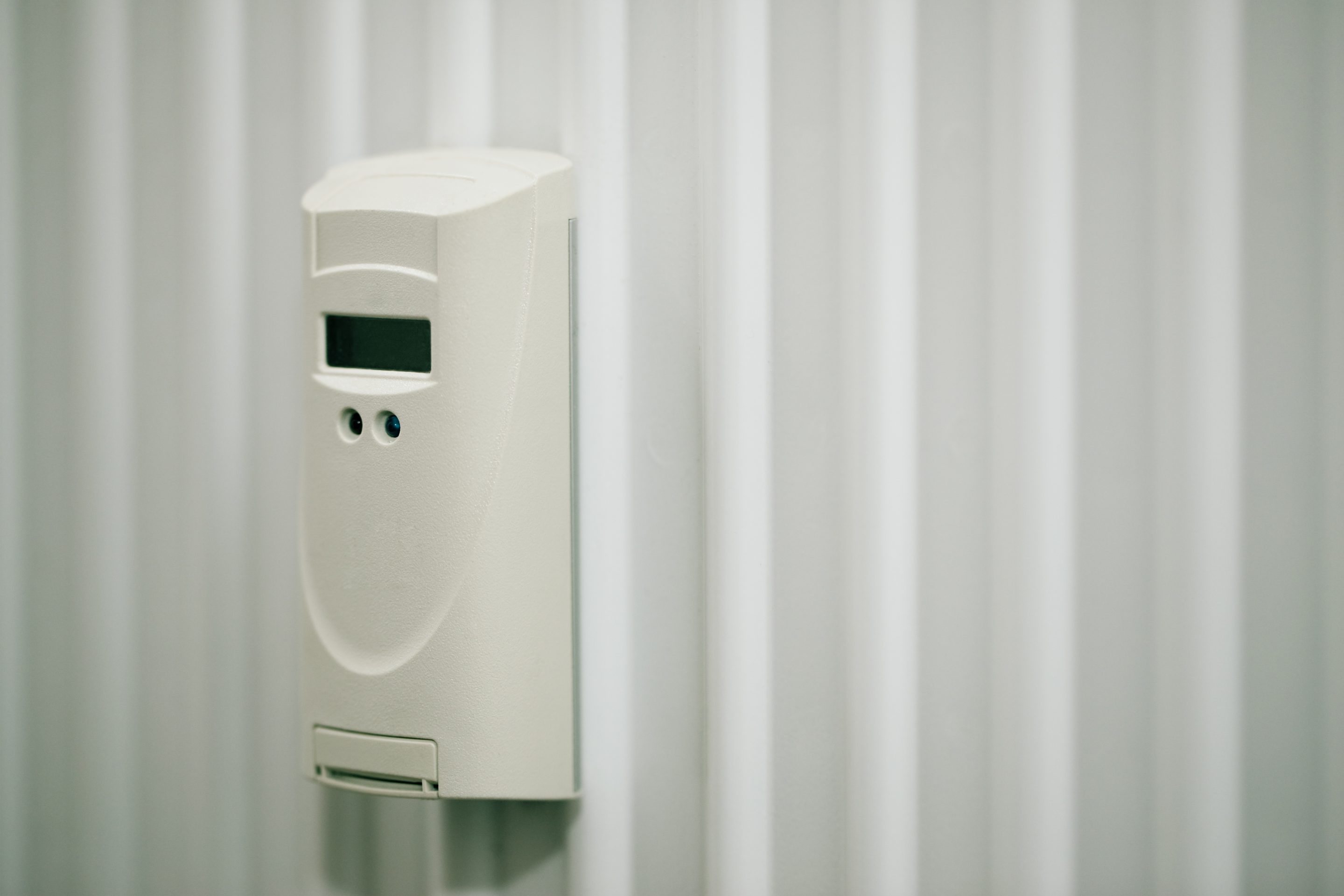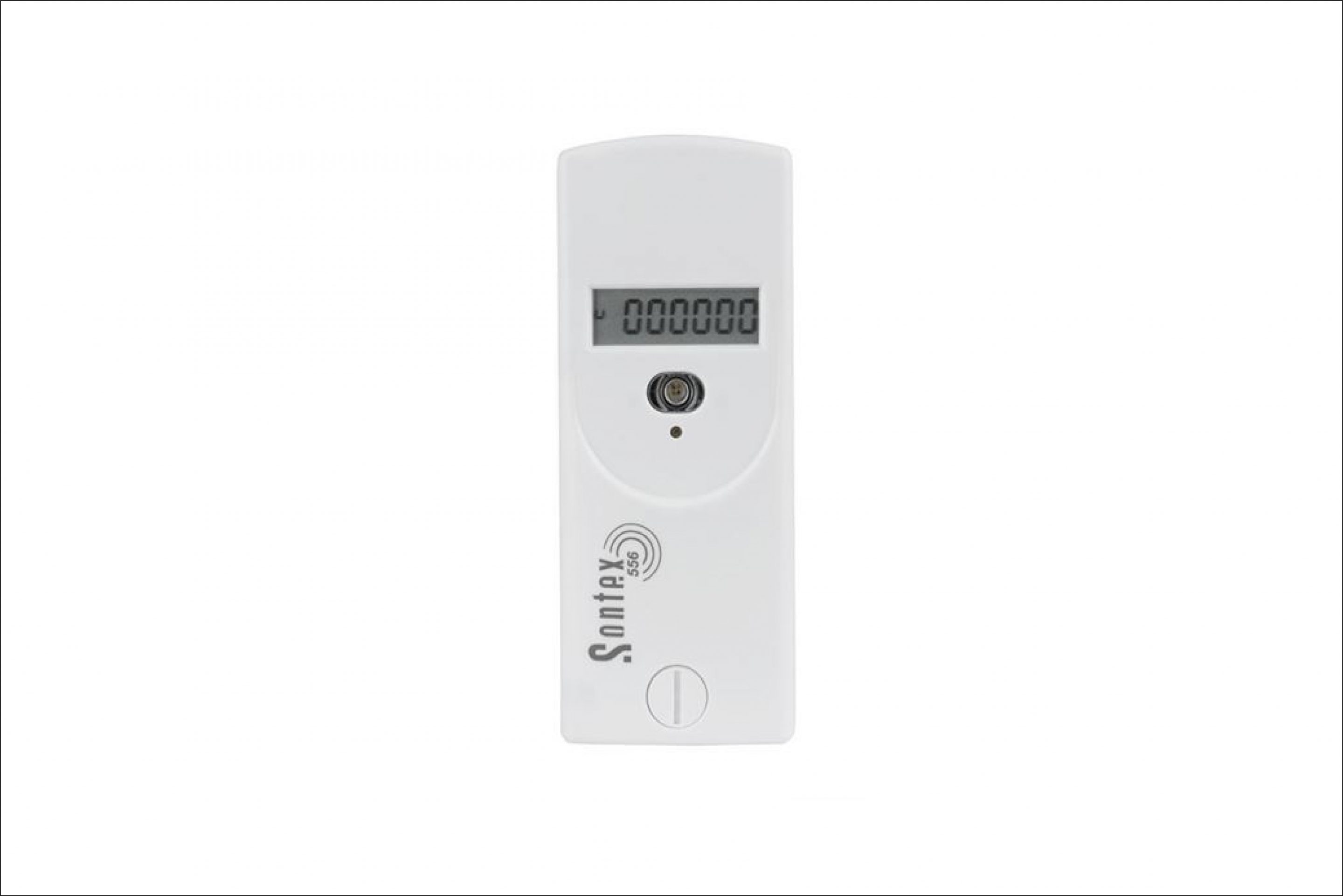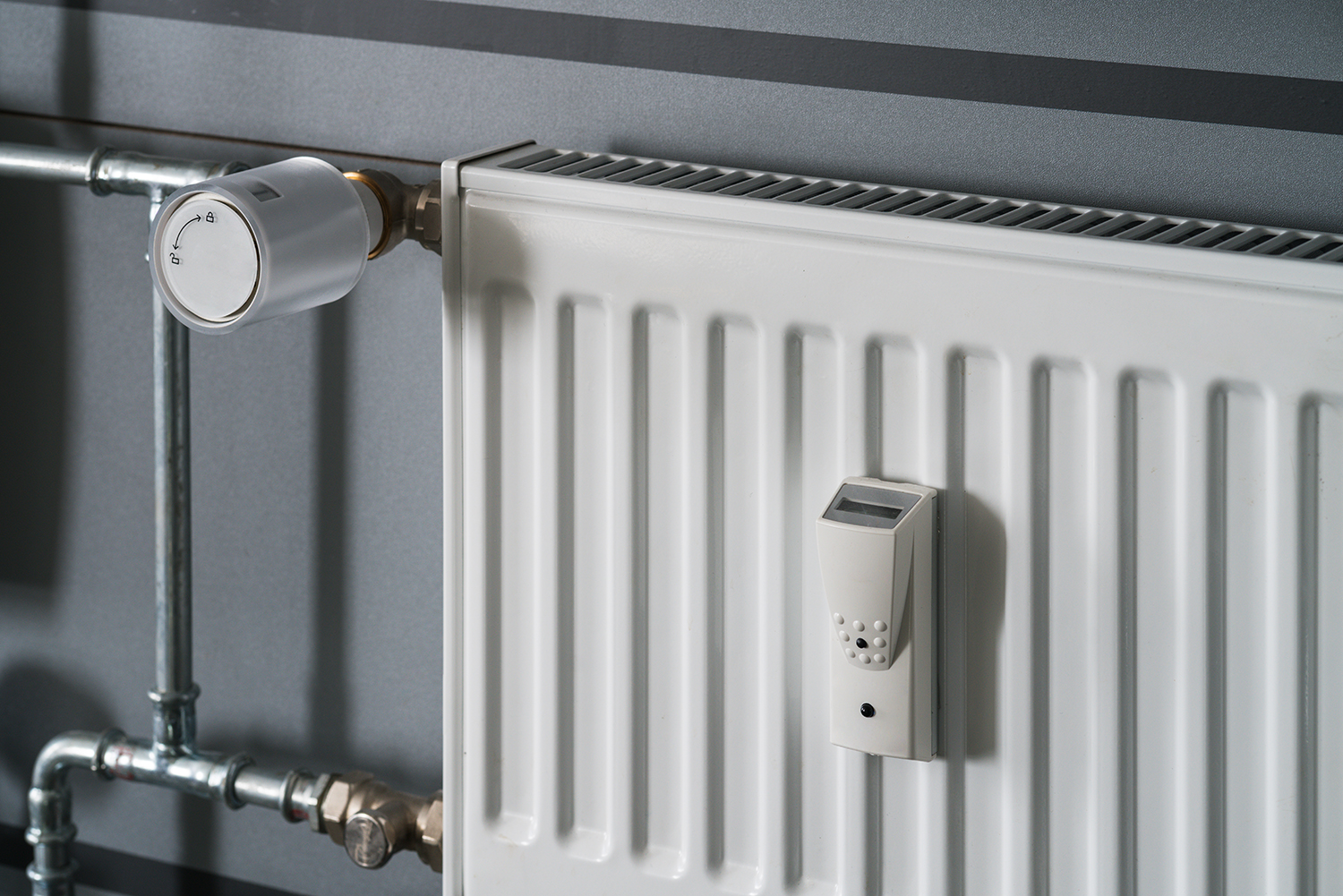Heat Cost Allocators
Heat Cost Allocators are carefully calibrated instruments that are fitted to domestic radiators to inform the user of the energy being emitted. This is a very common principle in Europe, particularly Germany. The main benefit of the device is its simplicity and the limited requirements to install. Once installed, readings are visible on a digital display, allowing the user to monitor the amount of heat being supplied by the radiator.
Like all complex devices, it needs to be set up correctly otherwise the information received could prove to be inaccurate. Generally, the manufacturer documentation will ensure the device is fitted correctly in most situations where a pressed steel radiator is installed. The pressed steel radiator tends to be the most common form of heat emitter for many installations, although some older installations might have cast iron radiators or underfloor heating, which require a different approach.
Heat Cost Allocators are designed to help the end user understand the amount of heat being released from the heating system. It’s not totally accurate but will provide a very good indication of the energy being used. This transparency is increasingly important as part of our efforts to manage climate change, and the recently updated Heat Regulations will require many installations to ensure users understand their energy consumption.



In many respects Heat Cost Allocators could form something of a game changer to the traditional approach to community heating, where the resident is charged based on the service charge proportion defined within the lease. The device allows for recharging of cost based on consumption and not service charge percentage. The Heat Regulations require the charging of heat based on consumption unless it’s not technically possible or cost effective to do so. Each area is carefully detailed within the regulations, and where it’s determined it’s not technically possible and cost effective to do so, the operator is expected to look at alternatives. This will require review every four years.



















